Red Fan Parrot Species Profile
Red fan parrots are some of the most strikingly colorful pet birds. They are medium-sized parrots with very vibrant feathers and a unique crest on the top of their head. These birds are not as commonly seen as pets as some other small parrots, but they can still be found in some avian enthusiast's homes.
Species Overview
Common Name(s): Red fan parrot, red-fan parrot, hawk-headed parrot, hawk headed parrot, Guiana hawk-headed parrot
Scientific Name: Deroptyus accipitrinus
Adult Size: About 14 inches, up to 10.5 oz.
Life Expectancy: Up to 40 years
Origin and History
Red fan parrots are native to the Amazon river basin and can be found in various South American nations including Brazil, Ecuador, Suriname, Guyana, Colombia, French Guiana, Venezuela, and even parts of Peru.
They nest in tree holes and spend their time in the canopies of the rainforest where they are typically found in pairs or small groups of seven birds or less.
Temperament
Red fan parrots are not birds for a beginner aviculturist as they will need a lot of time, attention, and patience.
Females are usually less temperamental than males, but both sexes have dominating personalities, are creative, inquisitive, and playful. They are often compared to conures in their personalities.
Speech and Vocalizations
While the red fan isn't the loudest of parrots, it can let out a scream or high-pitched whistle when it's upset. It can learn to mimic sounds and will make quiet murmurs or whispers, but, if it doesn't get what it wants or is upset, it will get loud.
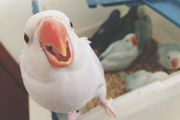
Red Fan Parrot Colors and Markings
Both male and female red fan parrots have the same colors and markings, so there is no way to differentiate between the sexes by simply looking at the feathers.
The characteristic red and grey/blue striped "fan" on the top of the head is hard to miss when it's raised but will lay flat on the back of the head and neck when the parrot is not on high alert, excited, or scared. Red fan parrots are the only type of parrot other than a cockatoo that can control this crest on the top of their head.
The wings of a red fan parrot are green and the body is the same red and grey/blue striped pattern, with some green around the neck and shoulders. They have a brown and white feathered face and a black beak.
Caring for the Red Fan Parrot
Even though they aren't as large as some other parrots, red fans still need plenty of space to live. A safe flight area is ideal outside a private cage, but be prepared for this bird to rule the roost if it lives with other birds.
A red fan parrot can be demanding of attention and is known to be temperamental, so it takes a patient owner that has the time and energy to spend with their bird.
Common Health Problems
Like other birds, red fan parrots are prone to respiratory issues if they experience drastic temperature changes or drafts. Unsanitary living conditions may also lead to issues like Aspergillosis.
Constant temperatures and clean environments, alongside regular veterinary care can help keep health problems to a minimum.
Diet and Nutrition
Like most pet parrots, a mixture of a high quality, pelleted bird diet and fresh fruits and vegetables should be fed to a red fan. Cooked chicken, eggs, some seeds, and healthy treats like sugar-free cereal, bread, salt-free crackers, cooked pasta, and nuts can be offered on occasion but should not be the bulk of the diet.
Exercise
Red fan parrots need lots of space to play, fly, and explore. They are very active birds and will scream if they get bored or unhappy. Puzzle toys and foraging activities for mealtime can help keep their minds occupied.
Playful
Colorful
Long-lived
Temperamental
Costly
Demanding
Where to Adopt or Buy a Red Fan Parrot
Red fan parrots are not common pet birds so they will rarely be found in the average pet store or at a bird rescue. These birds will typically need to be purchased from a bird breeder or ordered from a speciality bird store and can cost $1,000-$3,000.
More Pet Bird Species and Further Research
If you’re interested in similar species, check out:
- Amazon Parrot Bird Species Profile
- Eclectus Bird Species Profile
- Jenday Conure Bird Species Profile
RECOMMENDED NEWS
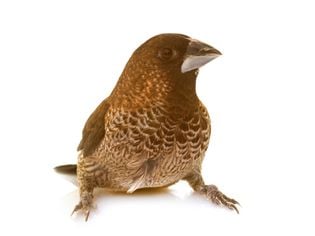
Society Finch: Bird Species Profile
Society finches are not the kind of bird that one would choose if they want an avian friend that ta...
Read More →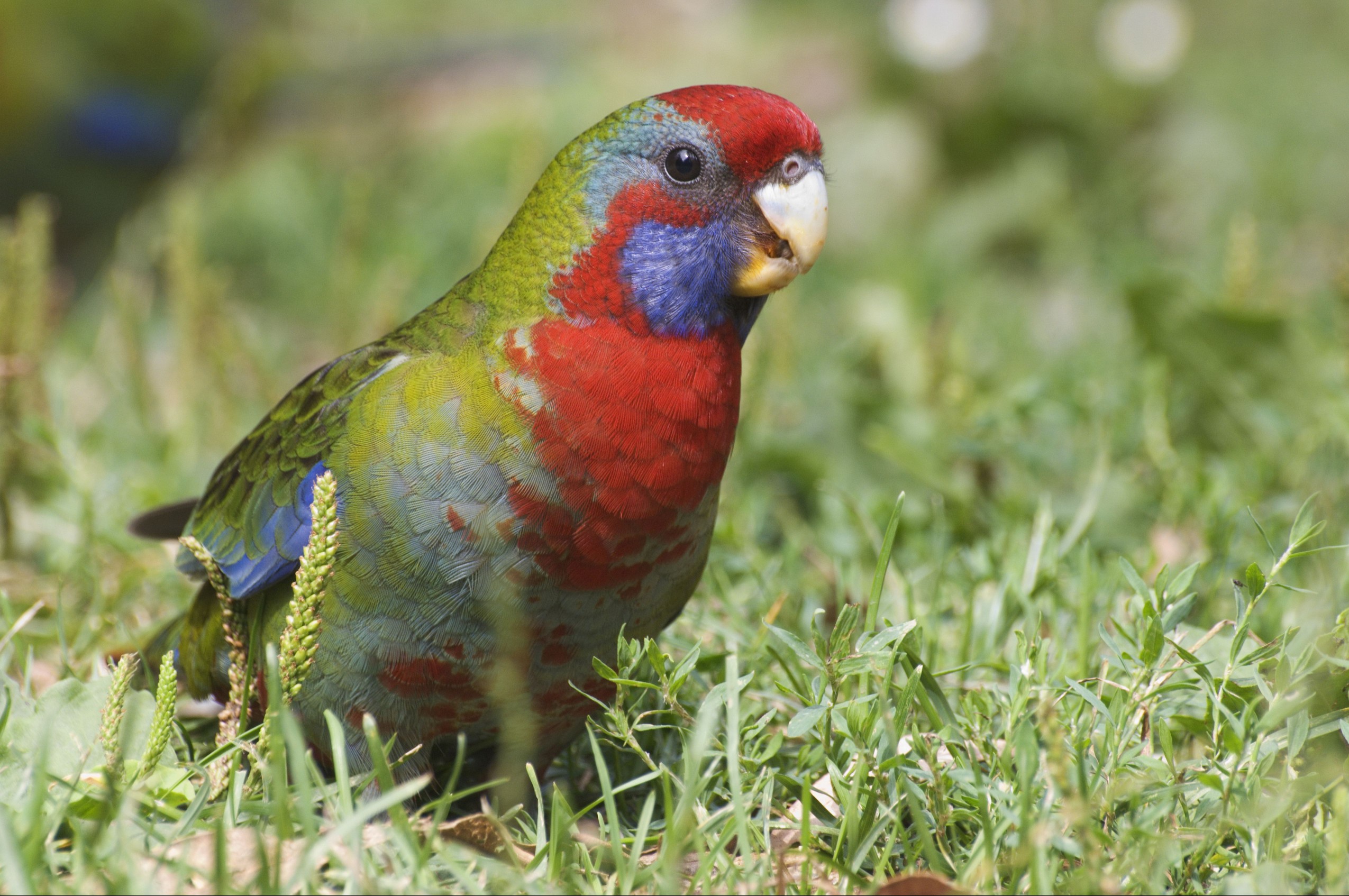
Crimson (Pennant) Rosella: Bird Species Profile
Known for its striking beauty, the crimson (Pennant's) rosella is a popular medium-sized pet p...
Read More →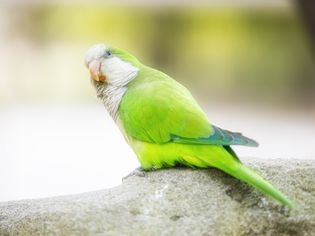
7 Interesting Facts About Quaker Parrots
Often referred to as "clowns," Quaker parrots are known for their fun-loving, comical personalities...
Read More →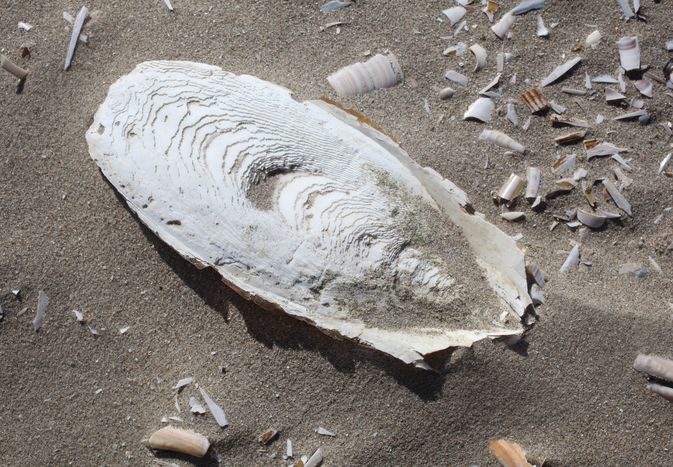
What Is a Cuttlebone?
Cuttlebones are seen in pet stores everywhere. And it seems to be a standard accessory in bird cage...
Read More →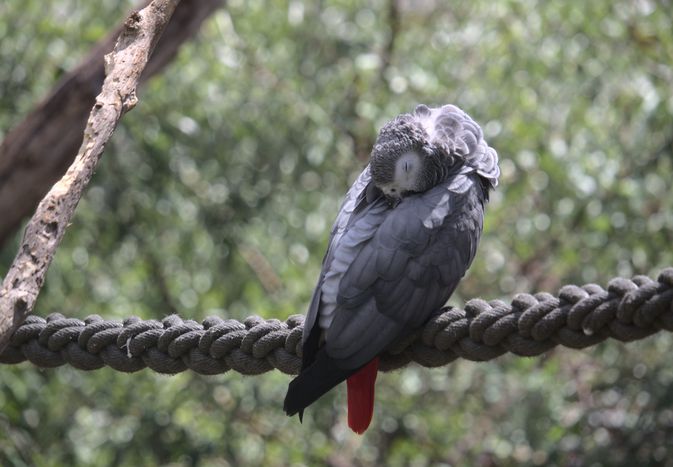
How Do Birds Sleep?
Most animals, including humans, natually lie down on their backs, sides, or even stomachs when they...
Read More →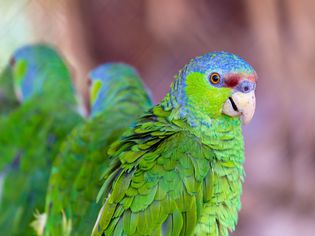
Lilac-Crowned Amazon Parrot (Finsch's Amazon): Bird Species Profile
In general, Amazon parrots can be demanding, aggressive birds, but that is not the case with the li...
Read More →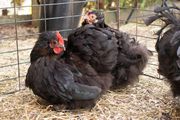
How to Care for a Pet Chicken
Some might view chickens as strictly farm animals. But it’s relatively common for homes in the su...
Read More →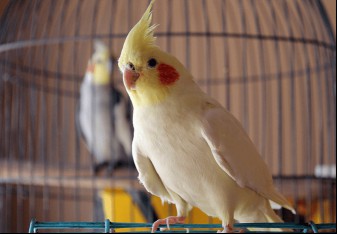
12 Friendly Pet Bird Species
The best pet bird, especially for a beginner, is friendly, gentle, and well-suited to being a compa...
Read More →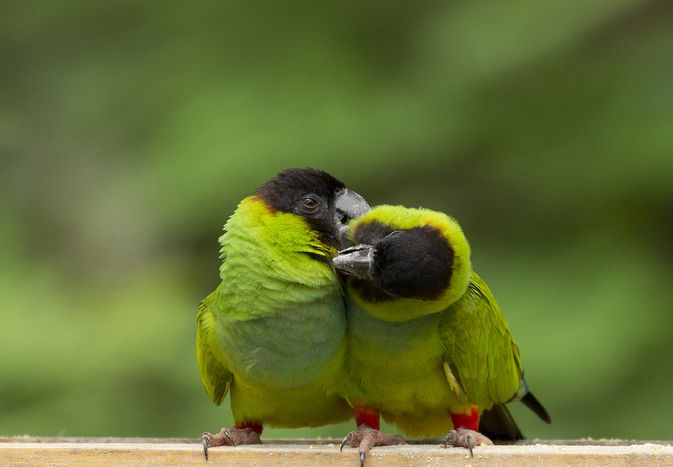
What Are Pinfeathers on Birds?
The term pinfeather describes the newly grown feathers found on a bird that is going through a molt...
Read More →
Comments on "Red Fan Parrot Species Profile" :